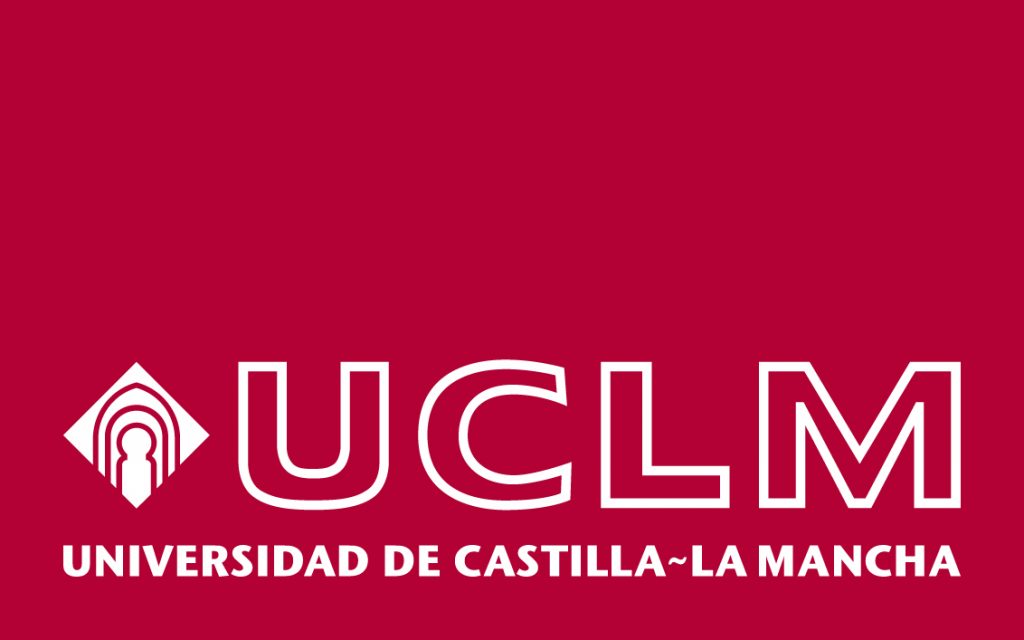News & Events
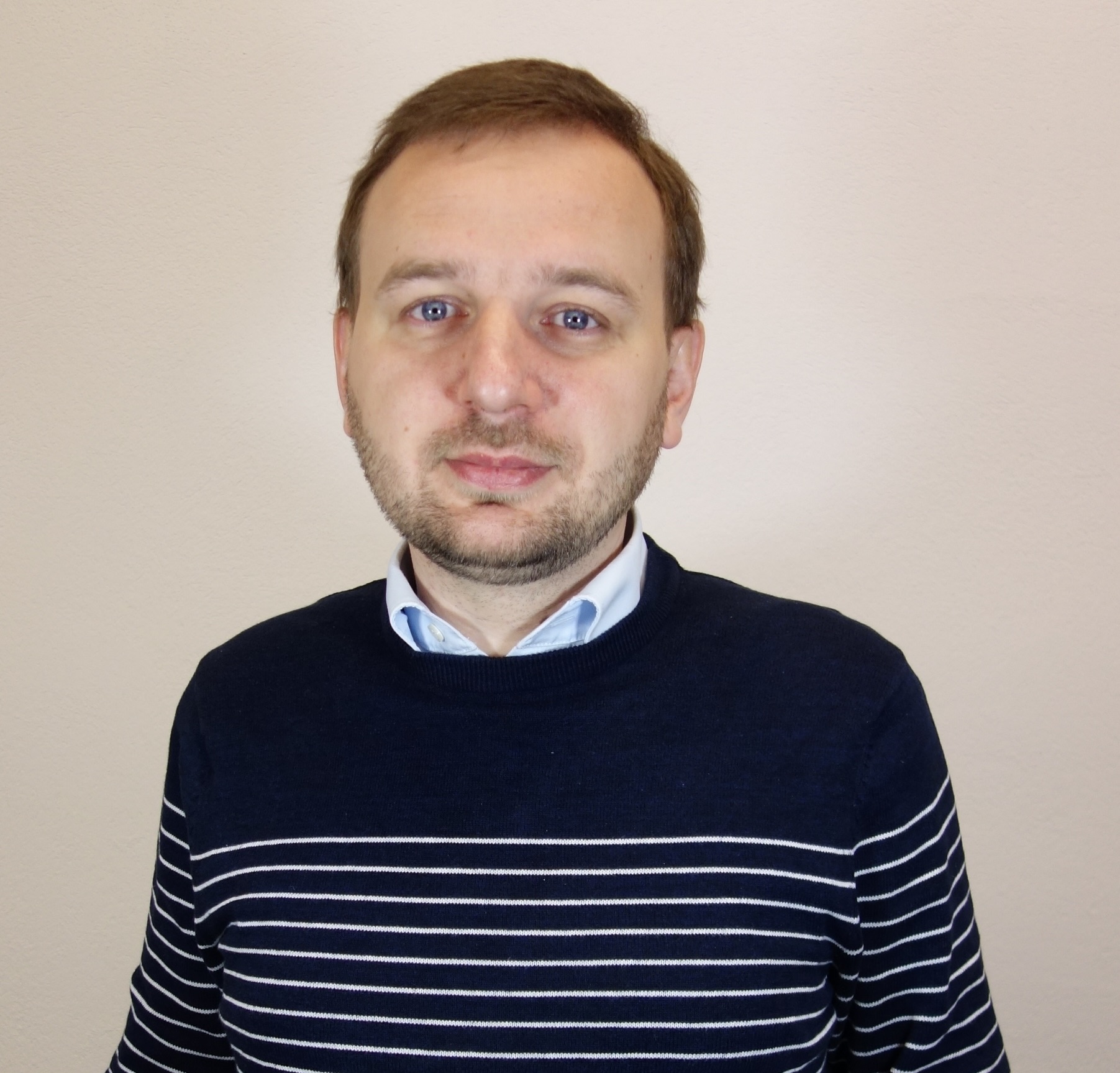
Seminar
Dmitry Sinelshchikov
Ikerbasque Research Fellow, Biofisika Institutua, Spain
Mathematical modelling of epidermal wound healing in Drosophila embryos
Wound closure is critical for correct functioning of multicellular organisms, since gaps in tissue can occur at all stages of life either due to natural events, such as development or organ remodeling, or as a result of injurious events.
In this talk we concentrate on the mechanics of epidermal wound healing in Drosophila embryos. Current mathematical models in this area focus either on the mechanical role of wound’s boundary or on the mechanical role of the tissue surrounding the wound and deal with in vitro experiments with tissue layers. We propose a nonlinear mathematical model of wound closure in Drosophila embryos that quantitatively captures the kinetics of wound healing observed in vivo. The model takes into account coupling between forces generated by the actomyosin cable and shape-dependent linear and nonlinear epidermal elasticity.
From a mathematical point of view, the proposed model is a system of two nonlinear partial differential equations with three main parameters that correspond to the actomyosin cable and linear and nonlinear elasticity. We also consider an invariant reduction of the proposed model that corresponds to circular wounds. We demonstrate that there is a saddle-node bifurcation in this reduction, that describes switching between healing and non-healing. This switching is determined by interaction between contractile and elastic forces and wound's initial size.
We fit the model to in vivo experimental data with the help of a Bayesian statistical approach. We demonstrate that there is qualitative and quantitative agreement between the model and the experimental data both in terms of the area kinetics and wound shape. We also show that there is a correlation between the concentration of myosin and the fitted value of the parameter responsible for the line tension at the wound boundary. Furthermore, we demonstrate that there is an adaptation of epidermal stiffness to the wound’s area. Finally, we study the impact of various genetic perturbations, such as those affecting myosin production, on wound healing kinetics.
This is a joint work with Jerome Solon, Daniele de Martino, Svana Rogalla and Lenka Backova.
Last News and events
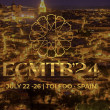
|
Campus Fábrica de Armas, Toledo, Spain
Monday July 22, 2024
|
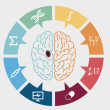
|
Edificio Politécnico, Campus de Ciudad Real
Monday July 08, 2024
|

|
Salón de grados, ETSII, 11:30h.
Wednesday April 17, 2024
|
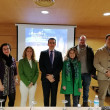
|
E.T.S. de Ingenieros Agrónomos
Wednesday April 03, 2024
|
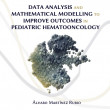
|
Salón de Grados ETSI Industriales
Thursday March 21, 2024
|












